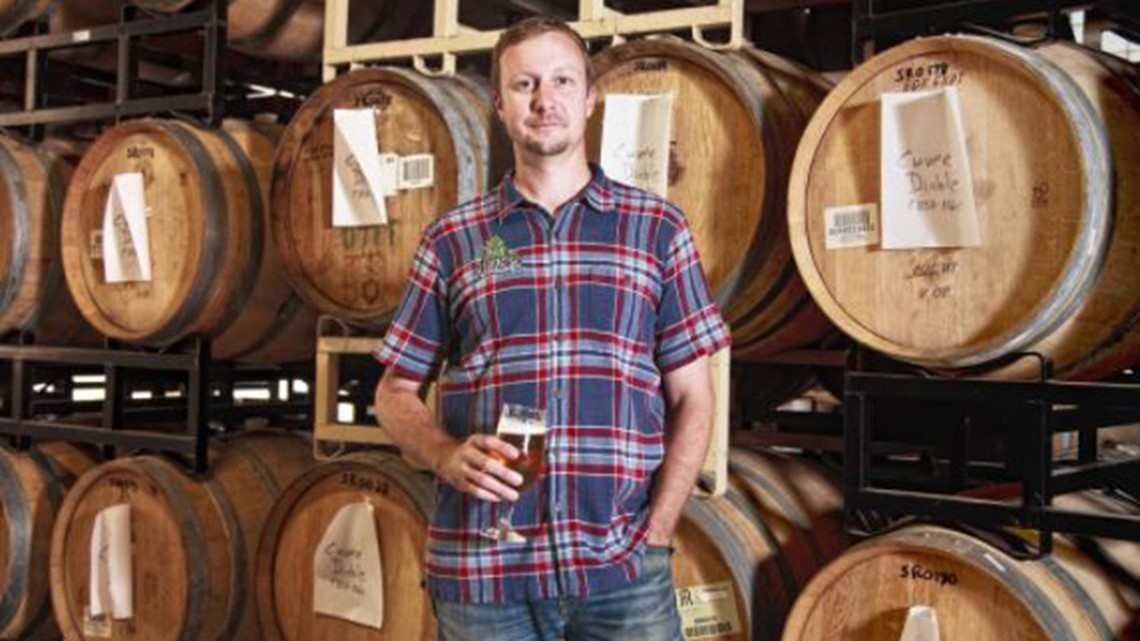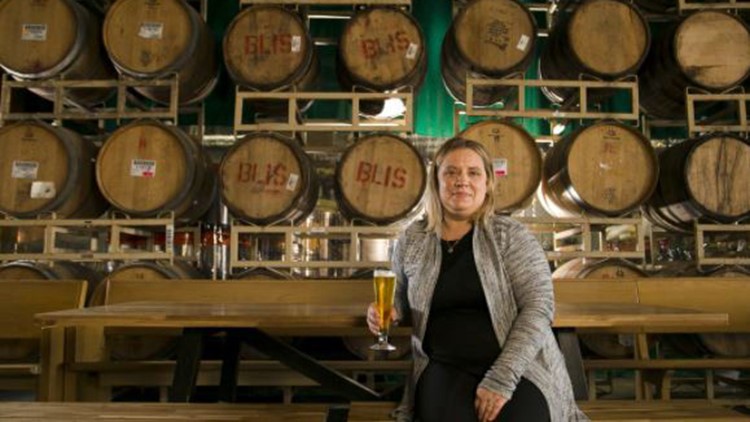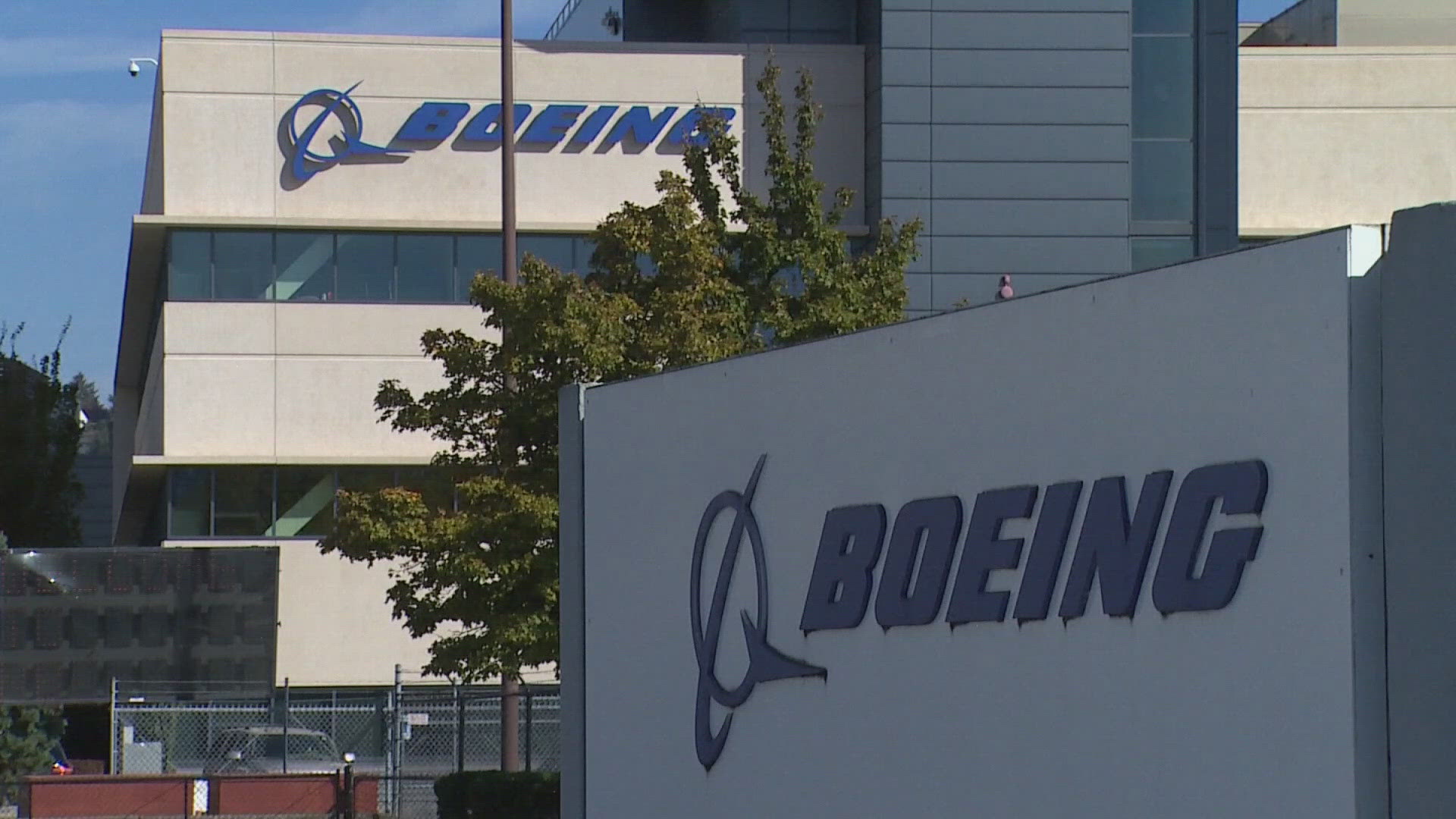ST. LOUIS — When coronavirus forced 2nd Shift Brewing to close its tap room in mid-March, the brewery in The Hill neighborhood immediately began to chart its next steps.
Within days, it launched to-go beer sales, initially taking orders via email. By the next week, 2nd Shift had an online ordering system set up for curbside sales. And sales were pouring in.
“Seeing the response, we could barely keep up,” said co-owner Libby Crider.
But as restaurants in the St. Louis area began to reopen again in May, 2nd Shift’s to-go orders began to drop off some, forcing the brewery to pivot again and turn its parking lot into an outdoor taproom.
The margins look different due to the pandemic, but Crider said the steps taken by 2nd Shift have kept sales within 10% of the prior year's totals. Like many of its craft brewery peers, 2nd Shift has had to roll out new revenue ideas to keep taps running during the Covid-19 pandemic.
In February, craft breweries — which made up 98.5% of the country’s 8,341 breweries as of June 30 — were in the midst of an evolution. After decades of emphasis around interstate distribution, many were pivoting to more profitable over-the-bar sales with new taprooms and local fare. Then coronavirus hit.
The timing couldn’t be tougher: An analysis by The Business Journals of Small Business Administration lending over the past decade found 3,184 loans totaling $1.57 billion to U.S. breweries. About half of those loans were originated during the SBA’s most recent three years.
With drinking establishments shuttered or limited in capacity, brewers able to afford it doubled down on distribution. Others added equipment to boost to-go sales; Bart Watson, chief economist for the Brewers Association trade group, noted that sales at Crowler Nation, a supplier of 32-ounce crowler-fill machines, were 12 times normal in April. And where few breweries offered delivery before coronavirus, 30% now do, Watson said.
The moves appear to have helped limit, but not offset, the carnage. Craft beer production dropped 10% year over year for the first six months of 2020, with a quarter of all breweries reporting a sales decline of at least 27%, the Brewers Association said.


TAPPING A NEW BLUEPRINT
At the outset of the COVID-19 pandemic, the staff at 4 Hands Brewing Co. found itself "down in the dumps,” CEO Kevin Lemp said. The brewery had scaled back operations and closed its taproom, located just south of downtown St. Louis.
“At the beginning of the pandemic, it was a real shock to the system,” said CEO Kevin Lemp.
But 4 Hands, St. Louis’ second largest craft brewery with 24,500 barrels produced in 2019, soon put together a plan to navigate the next several months. And with that came a new product, but not one that comes in a pint glass. 4 Hands, which also operates the co-located 1220 Artisan Spirits distillery, began to produce hand sanitizer. The second-floor tasting room at 4 Hands soon became its hand sanitizer production area. The company has produced more than 30,000 gallons of hand sanitizer during the pandemic, Lemp said.
“Instead of having to furlough our sales, thankfully we were in a position where we just took our entire sales team and they focused pretty 100% on hand sanitizer for two months,” he said.
Other brewers have opted for more traditional routes to earn a buck. For example, Sierra Nevada Brewing Co. of Chico, California — America’s third-largest craft brewery — now offers rare beers for online orders and delivery. It’s also giving online tours of its state-of-the-art breweries, spokeswoman Robin Gregory said.
Many breweries, like 2nd Shift and 4 Hands, have resorted to expanded outdoor seating and other options in line with COVID-19 distancing guidelines.
Click here for the full story.



